Vulkan Guide - Vulkan SDK Guide in C++
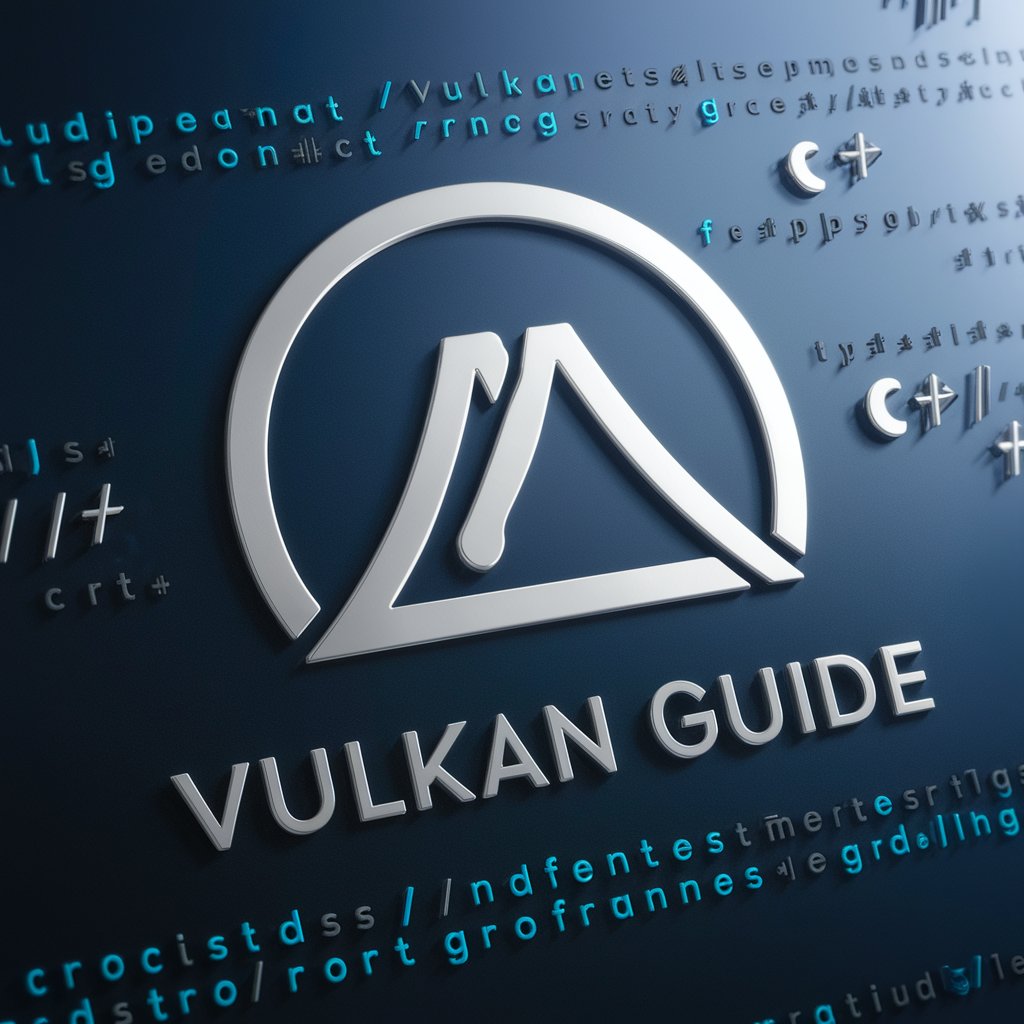
Welcome! Let's dive into the world of Vulkan programming.
AI-Powered Vulkan SDK Learning Tool
How do I set up the Vulkan SDK on my development environment?
Can you explain how Vulkan handles rendering pipelines?
What are some advanced techniques for optimizing Vulkan performance?
How does Vulkan differ from other graphics APIs like OpenGL or DirectX?
Get Embed Code
Overview of Vulkan Guide
Vulkan Guide is a specialized resource designed to provide expert advice on using the Vulkan API, particularly in C++ for graphics programming. It serves as a bridge between complex Vulkan concepts and practical implementation, aiming to make the learning curve more manageable for programmers of varying skill levels. From basic setup and configuration of Vulkan environments to advanced techniques in rendering and performance optimization, Vulkan Guide offers comprehensive insights and step-by-step guidance. Examples of Vulkan Guide's utility include helping developers understand the multi-threading capabilities of Vulkan compared to older graphics APIs like OpenGL, and demonstrating the setup of a Vulkan instance and logical device, crucial first steps in any Vulkan application. Powered by ChatGPT-4o。

Core Functions of Vulkan Guide
Setup and Configuration Guidance
Example
Guiding through the process of installing the Vulkan SDK and configuring the development environment. An example includes the creation of a Vulkan instance, essential for any Vulkan application, which involves specifying application details and desired Vulkan features.
Scenario
A developer new to Vulkan needs to establish a baseline environment. Vulkan Guide provides detailed steps for selecting the correct SDK version, installing it, and setting up the initial Vulkan code to render a simple triangle.
Advanced Rendering Techniques
Example
Explaining complex rendering processes such as deferred shading or physically based rendering in Vulkan. This includes setting up multiple render passes and subpasses, configuring shaders, and managing framebuffers.
Scenario
An experienced developer wants to implement a more sophisticated rendering pipeline. Vulkan Guide offers insights into the intricacies of Vulkan’s pipeline configuration, helping the developer optimize rendering sequences for higher performance and visual fidelity.
Performance Optimization
Example
Offering strategies for optimizing Vulkan applications, such as command buffer management and GPU-CPU synchronization techniques. Detailed advice on using Vulkan’s tools like VK_KHR_performance_query and pipeline statistics for runtime performance analysis.
Scenario
A game development team needs to enhance the frame rate and responsiveness of their game. Vulkan Guide provides tailored advice on profiling and fine-tuning the game’s rendering pipeline, ensuring optimal use of hardware resources.
Target Users of Vulkan Guide
Aspiring Graphics Programmers
Individuals new to graphics programming or those transitioning from other graphics APIs like DirectX or OpenGL. They benefit from Vulkan Guide's foundational tutorials, clear examples, and detailed breakdowns of core Vulkan concepts, helping them build a solid base in modern graphics programming.
Experienced Developers
Seasoned programmers who are familiar with graphics concepts but seek to deepen their understanding of Vulkan-specific techniques. Vulkan Guide assists them in mastering advanced features such as custom shader stages, memory management, and asynchronous computation models that are pivotal for high-performance graphics applications.
Game Development Studios
Teams that require in-depth, collective knowledge in utilizing Vulkan for real-time game projects. Vulkan Guide can provide collaborative tutorials and group learning sessions focused on optimizing existing codebases, implementing new visual effects, and achieving greater hardware efficiency.

Using Vulkan Guide
1. Visit yeschat.ai
Visit yeschat.ai for a free trial without login, also no need for ChatGPT Plus.
2. Explore functionality
Navigate the resources available, including tutorials, examples, and guidance on Vulkan SDK for graphics programming in C++.
3. Identify prerequisites
Ensure you have basic knowledge of C++ programming and a working Vulkan environment set up.
4. Learn progressively
Follow step-by-step tutorials, starting from basic concepts to advanced rendering techniques, aligning them with your skill level.
5. Experiment and refine
Practice with sample code, implement projects, and utilize Vulkan Guide to refine your understanding with the in-depth resources provided.
Try other advanced and practical GPTs
C# Coach
Your AI-powered C# Mentor
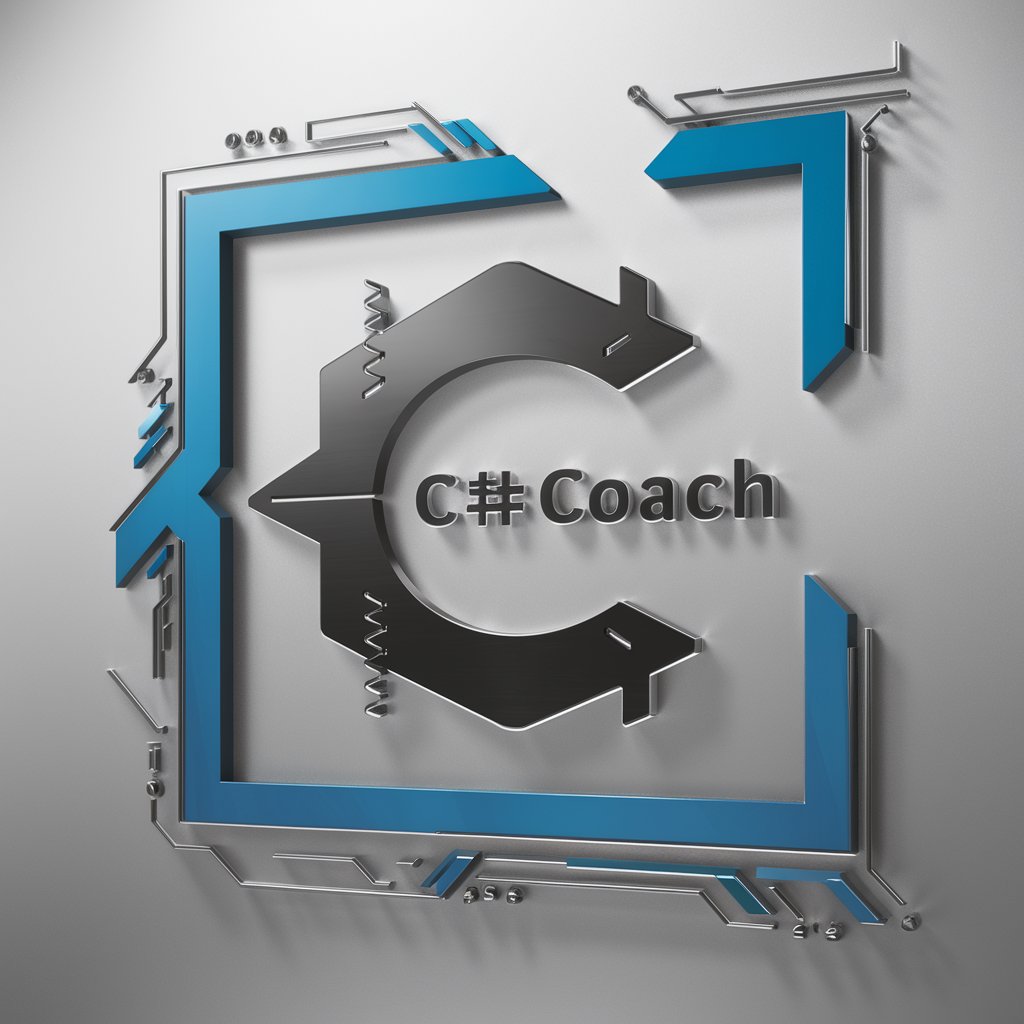
LAWGPT
AI-Powered Assistance for Legal Experts

Hospice Care Companion
Empowering Compassionate Care Decisions

ESLGPT - Grammar & Spelling Checks
Enhance Your Writing with AI Power
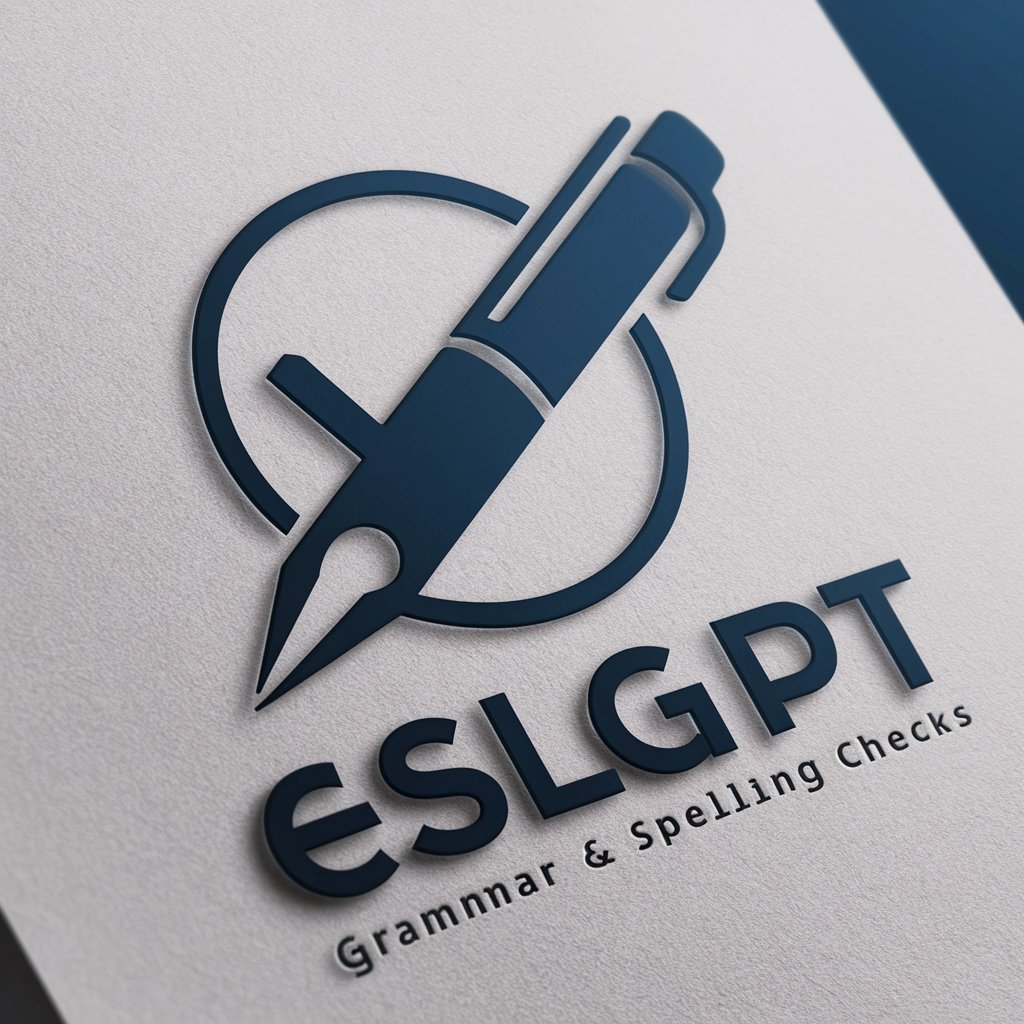
Cody
Empowering Code Creativity with AI

💻Devin AI(Python Version)🤖
Empowering productivity with AI automation

Tarot Guide for Your Life
Unlock Your Path with AI Wisdom

Rome Travel Buddy
Explore Rome with AI-powered insights

AI千里眼
Harness AI for deeper insights
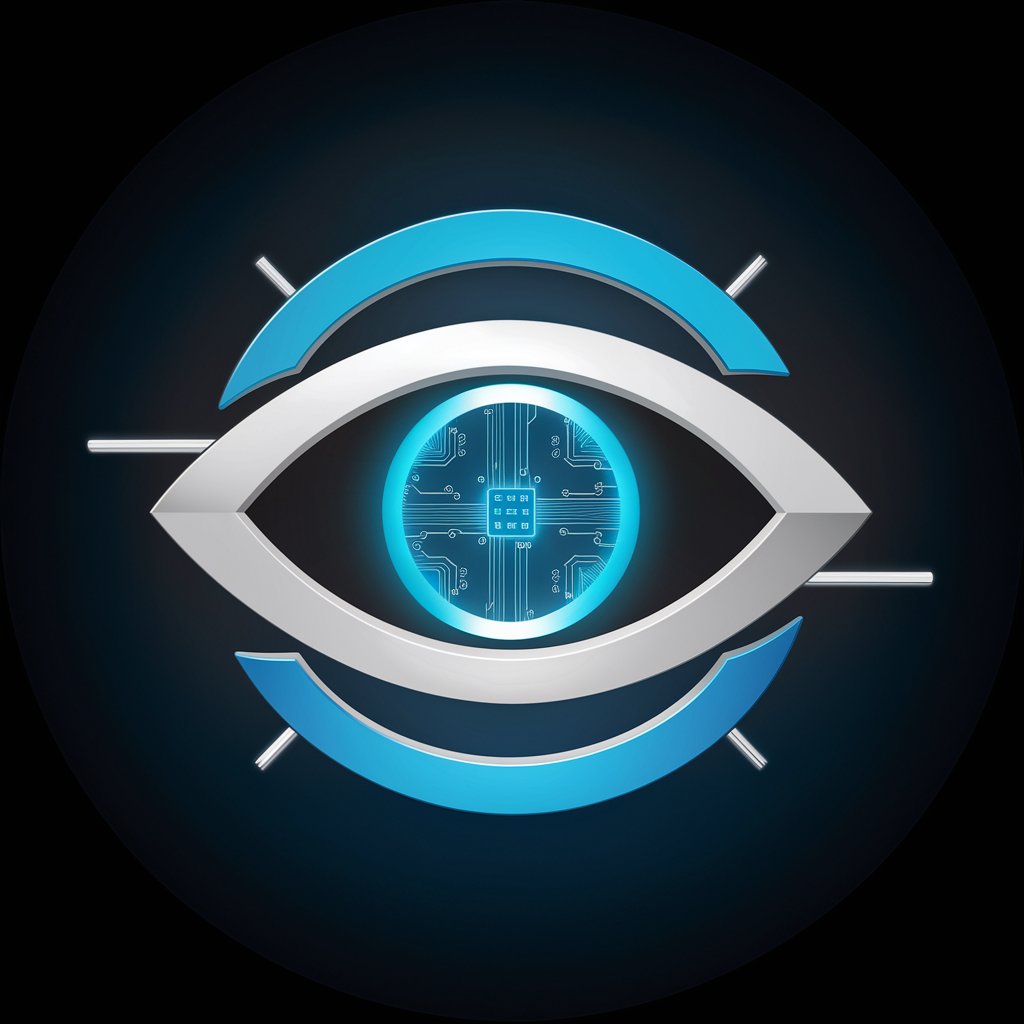
The Artful Dude
Craft Memes with AI Creativity
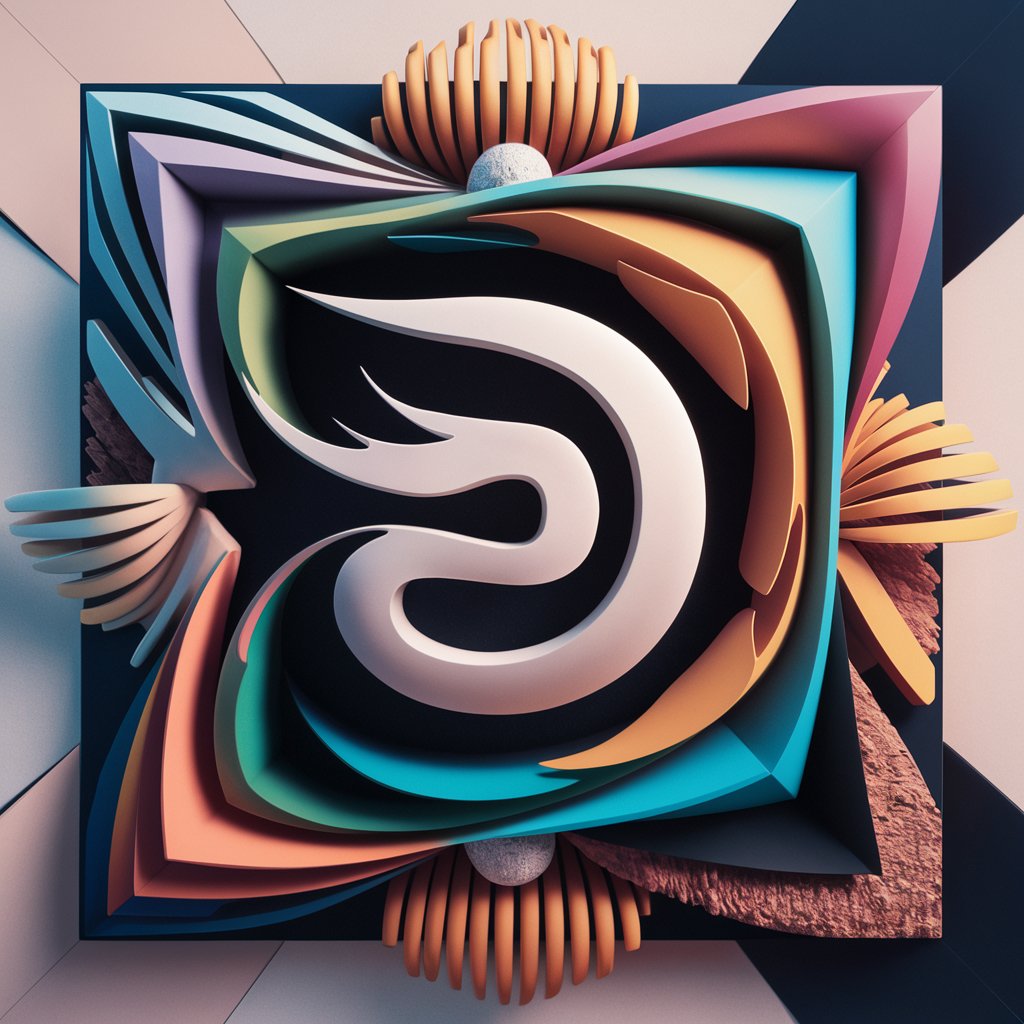
IT HelpDesk
AI-powered assistance for IT troubleshooting

Procurement Pro
Streamlining Procurement with AI

Frequently Asked Questions about Vulkan Guide
What does Vulkan Guide offer?
Vulkan Guide provides a comprehensive collection of tutorials, examples, and best practices for graphics programming in C++, using Vulkan SDK.
Who is Vulkan Guide suitable for?
It's suitable for both beginners and experienced programmers looking to enhance their knowledge of Vulkan, covering all levels of expertise.
Can I integrate Vulkan Guide into my learning plan?
Absolutely. The guide can be integrated with self-paced learning or curriculum-based studies to reinforce Vulkan programming principles.
Is there sample code available?
Yes, Vulkan Guide provides extensive sample code to illustrate concepts and help users understand Vulkan programming practices more effectively.
Does Vulkan Guide include advanced topics?
Yes, it covers advanced topics like shader programming, pipeline optimization, and multi-threaded rendering.
